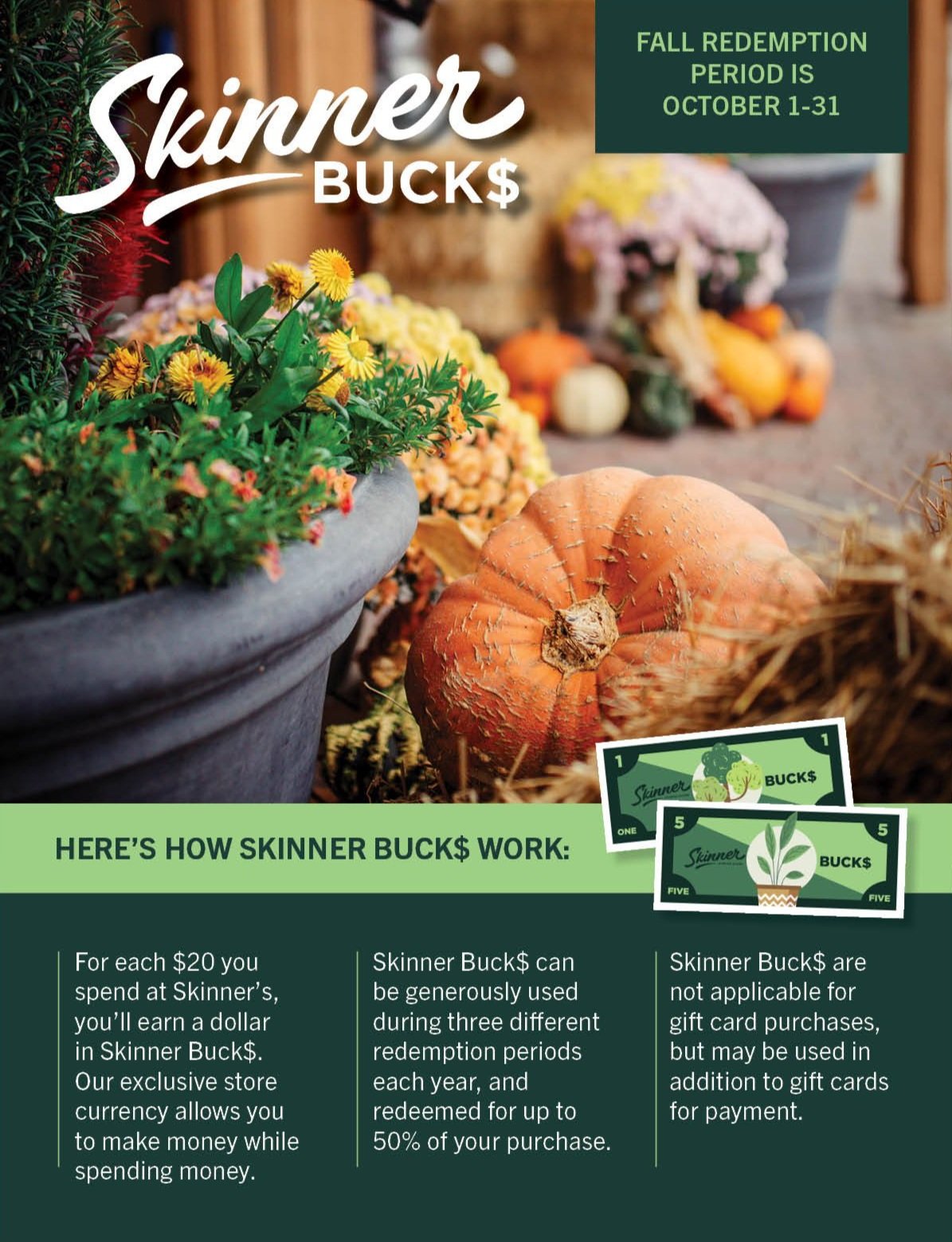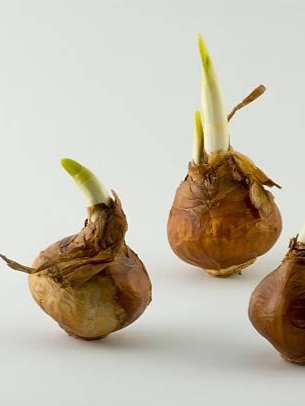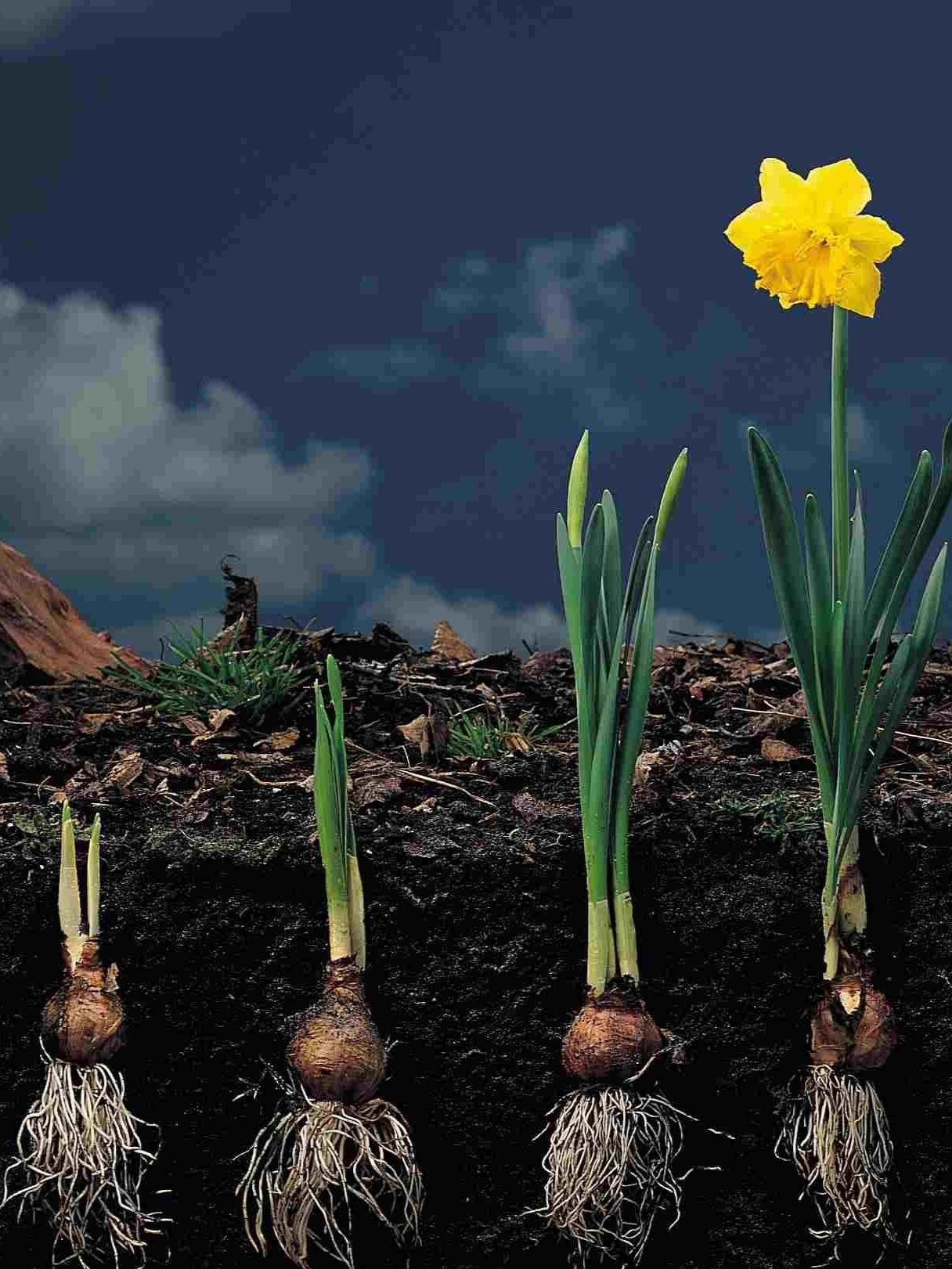Brewmeisters and Possum Apples
I used to make my own beer. It was a long time ago—back in my late college/early career years. The beer was never amazing. But, it wasn’t too bad, and it was fun to make. It was really more about the process.
As I got older, I got busier, and I found that finding the time to pursue my brewing hobby was harder and harder to come by. I also found it easier to just buy my beer. It was a lot easier... and it usually tasted better!
Despite the fact I was no longer brewing, I continued to hold onto my equipment and numerous cases of empty beer bottles for many more years, thinking that one day I would give it another go. That day never came and a few years ago—and to my wife’s delight—I finally got rid of everything. It’s pretty safe to say my wife was glad to finally see the stack of unused supplies no longer cluttering up the basement!
Beer-making actually originally evolved from wine-making. I had a grandpa that used to grow a lot of blackberries. As his harvest increased in size, he decided he wanted to make some of his surplus into wine. For the next several years, we both took stabs at turning his abundant blackberry harvest into some of the prettiest wine you’ve ever seen. And, some of it even tasted pretty good!
Nowadays, like I said, I leave both the wine-making and the beer-making to the pros—like the fine folks over at Norsemen Brewing Company. Last Saturday, Jared from Norsemen came out to the garden center to serve up some of their finest. It’s something we’ve done for a number of seasonal kick-off events now, like a celebration/customer appreciation day. It was a little chilly—not the weather we were hoping for—but we still had a good crowd. Jared served a lot of beer, we grilled a lot of hotdogs, and we served up a lot of snacks, hot spiced cider and hot chocolate. It was a fun day.
Cameron Rees, General Manager
Thanks to everyone that made it out. We hope you enjoyed it!
We’re finally starting to see fall color showing up around town. That’s a good reminder that it’s time to plant trees. Late fall—like right now and for the next few weeks—is the best time to set out new trees. If the fall transformation sparks your interest in planting, come see us. We’ll help you make that dream a reality.
Happy Fall!
—Cameron
What’s New?! grafted persimmons
Common Persimmon is one of our native timber trees. In the wild, it typically grows to be a medium-sized tree, generally taller than wide. It’s leaves are dark green and glossy in the spring, and yellow to orange to reddish-orange in the fall. It’s bark is unique in appearance, with deeply fissured bark, sometimes described as “alligator skin-like.” But what it’s best known for are the sweet, soft, fleshy, orange fruits it bears late in the season.
These fruits ripen late in the season, often as the first hard freezes are upon us. They are very sweet in flavor and can be eaten straight from the tree or used to make jellies, jams, preserves and wine. They are a favorite of wildlife as well.
One word of warning though... if you’re going to eat the fruits, make sure you wait until they are ripe to enjoy them! Fruits that haven’t made it to that stage are very astringent. Trust me, a bite into them will pucker you up from here to next week! You’ll only make that mistake once.
One other unique thing about persimmon trees—they tend to be either male or female, or sometimes both. Female trees bear the fruits, but their flowers need to be pollinated for that to happen. That’s where the male trees come into play. With young trees, it’s typically impossible to tell which you’ve got, so you just have to play the odds and plant several. That increases the chances for having both male and female trees. If you live close to timbered areas, there may be wild trees nearby that will take care of pollination needs. Having said all of that, persimmon experts point out that most female trees don’t need a pollinator to produce good fruits. Without cross pollination, the fruits may lack viable seeds, but the fruits will still develop.
We’ve added four grafted, named female varieties to our lineup this fall. They are all selections that have superior fruiting qualities. They are perfect for adding to your own backyard orchard or to your wildlife food plots.
Elmo – Larger fruits with a nice orange color. High quality fruit. Self-fertile. Heavy bearer.
Garretson –Small to medium-sized fruits with a rich orange color, good flavor and small seeds. High yields. Self-fertile.
Meader – Medium-sized fruits approximately 1 1/2" in diameter. Outstanding, very sweet flavor. Self-fertile form. Fruits will be seedless if not pollinated by male flowers.
Prok – Large fruits, up to 2 1/4" in diameter on average, orange in color, juicy and very sweet when ripe. Rated one of the best tasting forms. A self-fertile form that will produce seedless fruits if a male pollinator is absent.
redemption Time!
October 1-31, bring your Skinner Buck$ back and save big!
Spring Flowering Bulbs
I can’t think of anything better than seeing all those big beautiful colors popping up in the garden in the spring. With the wide range of colors, shapes and unique blooms...the possibilities are almost limitless!
Getting bulbs planted at the right time will help make your spring beautiful, and right now is the perfect time to get things in the ground.
Fall is when we plant them. That gives them time to grow roots, ride out winter and be ready to bloom by spring.
Here are few tips...
The easiest beginner bulb is the Daffodil. Daffodils are deer resistant, not bothered by squirrels, are reliable perennials and tend to multiply slowly.
Plant bulbs in big groupings. Larger groupings will be way more impressive.
Plant those bulbs pointy side up, add in a good bulb food, and cover with some mulch to keep them warm during the winter, and in just a few short months those beauties will be popping up.
A garden knife or a bulb auger in a drill makes planting so much easier! (And we have both available at our store.)
We have a wide variety of tulip, daffodils, crocus, hyacinths and allium in the store, ready and waiting just for you. Stop on in today and grab yourself a sack full of bulbs, and don’t forget to pick up a good bulb planter and some Dutch Bulb Food while you’re at it. Your spring blooms are only a few months away—are you getting excited yet?!
—Melissa Anderson







